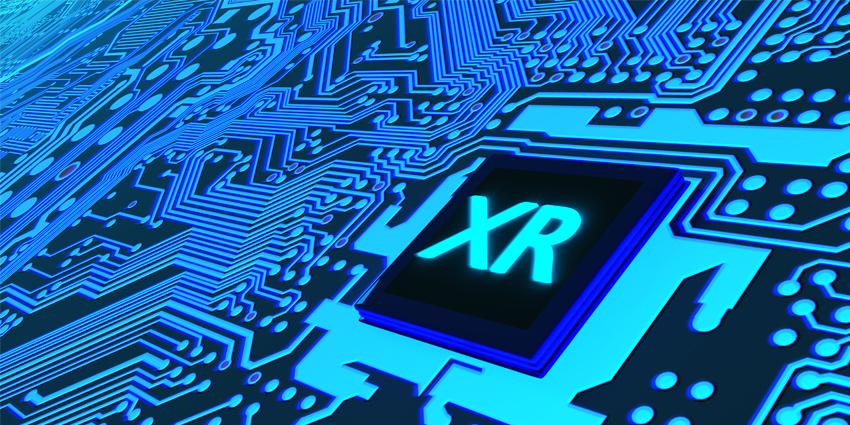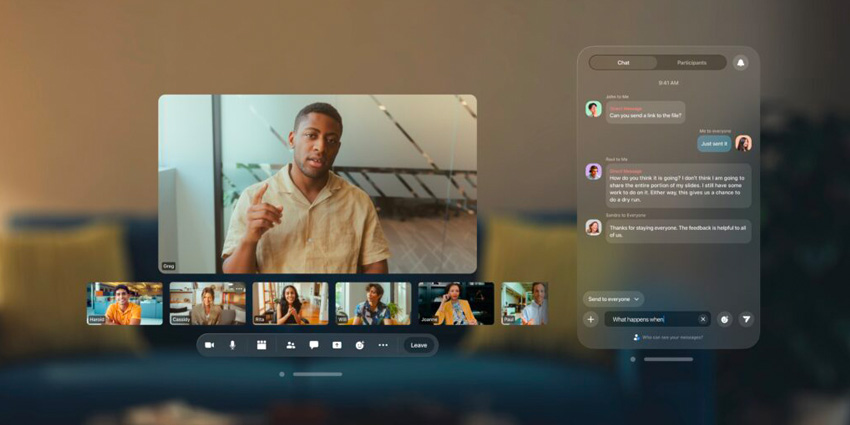As new disruptive technologies emerge, new terms and keywords define the new solutions taking shape. The immersive industry has created an entire lexicon of new words and phrases, each to distinctly define the emerging technologies reshaping the tech industry. Initially, two key terms, extended reality (XR) and augmented reality (AR), sit on the same spectrum of the tech industry, but need further clarification. Here’s XR Today’s take on the differences between AR vs XR.
Define XR: What Is Extended Reality?
XR remains one of the more difficult terms to understand in the immersive industry. Companies and individuals struggle to place it in a specific category of technology.
Despite this, the reality is that it encompasses all formats of immersive solutions. This includes virtual, augmented, and mixed reality (VR/AR/MR) and peripheral technologies to improve them.
The XR industry is expected to reach $905.7 billion, with additional reports predicting similar outcomes. No longer limited to entertainment, XR has permeated the training, medical, collaboration, communications, and even art industries.
Want to know more about how AR vs VR function? Here’s a guide on how these technologies build use cases across global sectors.
Examples of XR Use Cases
Virtual Reality (VR)
Regarding AR vs XR, VR continues to raise the bar for current XR solutions. Many industries have used it to train and upskill employees, rehabilitate patients, and deliver immersive curricula to students.
Even the military has begun training on full-scale virtual battlefields to improve situational awareness and protocols safely. First responders, surgeons, and heavy industry professionals have immensely benefitted from such training tools, preparing for work on day one.
Augmented Reality (AR)
AR has changed how businesses connect and provide remote guidance and walkthroughs to significantly reduce equipment downtimes. Firms can now perform such tasks at distant locations with low connectivity. This will maintain critical infrastructure without transporting experts afield.
Medical professionals are now leveraging the Magic Leap 2, which is expected to help medical experts access files and digitised patient information on-demand. Remote experts will also access blueprints, manuals, videos, and documents in real-time without the need to carry laptops and other devices.
Mixed Reality (MR)
With AR vs XR, MR represents a merger between virtual and augmented reality content, producing deeper levels of depth across devices. Tools like the Microsoft HoloLens 2 and Varjo XR-2 deliver immersive holograms to users. Furthermore, co-workers can collaborate, provide remote guidance, and interact with digital content with precision and accuracy with MR solutions.
Additionally, the Meta Quest Pro, Pico 4 Enterprise, and Lenovo VRX now provide full-colour passthrough for users. This will offer MR experiences at a premium feel, with an affordable price for enterprise professionals.
A balanced array of sensors, software tools, and platforms will produce immersive experiences unlike ever before with VR and AR. This will take place without ‘losing sight’ of the physical world. Future use cases for such technologies will expand the real-world potential of the overall XR ecosystem.
AR vs XR: A Closer ‘View’
AR is more used among XR formats as it is accessible across smartphones and other portable devices. It also requires far less investment compared to expensive headsets and hardware.
Additionally, Qualcomm’s Snapdragon AR2 platform will bring the AR smart glasses market and bring AR closer to reality than ever before.
Numerous industry verticals, including advertising and retail, have sought AR experiences from tech firms to spread immersive content to anchored locations worldwide.
According to research, roughly 71 percent of customers stated they would buy more from companies featuring AR experiences. Many currently use them with Snapchat, Instagram, and other social media platforms. Additionally, 360-degree immersive content is taking off to demo products.
Concluding, AR and XR are like a child and mother — two technologies cut from the same code. These immersive platforms serve different purposes for different industries, with equally significant results.







